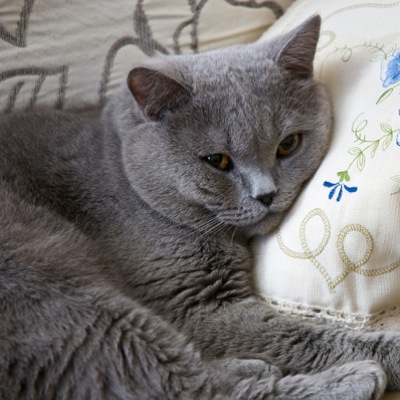Picture this scenario: It’s late at night, long after your vet has closed for the day (of course!), and you notice that your cat is running back and forth to the litter box. He appears to be trying to pee, but barely anything seems to be coming out. After each trip, he sits down and starts licking his genitals like crazy. If you check the box to see what’s going on, you may find that what little urine he has passed is tinged with blood. Your cat may well be suffering from feline lower urinary tract disease, or FLUTD.
Here are some facts about this frustrating syndrome.
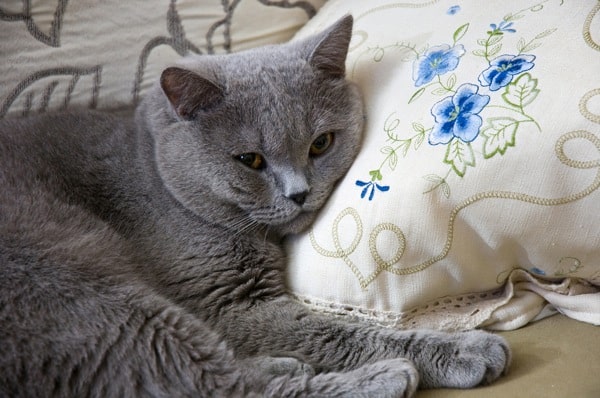
1. The urinary tract is a four-part system
The urinary tract consists of the kidneys, whose job is to filter toxins out of the blood and create urine; the ureters, tubes that connect the kidneys to the bladder; the bladder itself, a reservoir for urine; and the urethra, the tube that connects the bladder to the outside of the body.
2. FLUTD symptoms demand an immediate vet visit
If you take nothing else away from this article, please remember this fact: If your cat starts acting funny about peeing, you absolutely must get your cat to the vet as soon as possible. A urinary tract blockage can cause so much urine to build up in the bladder that the bladder ruptures — which is almost certain to be fatal. Male cats have longer, narrower urethras than females and are therefore more likely to develop urinary tract blockages. But female cats with FLUTD symptoms also need to go to the vet right away.
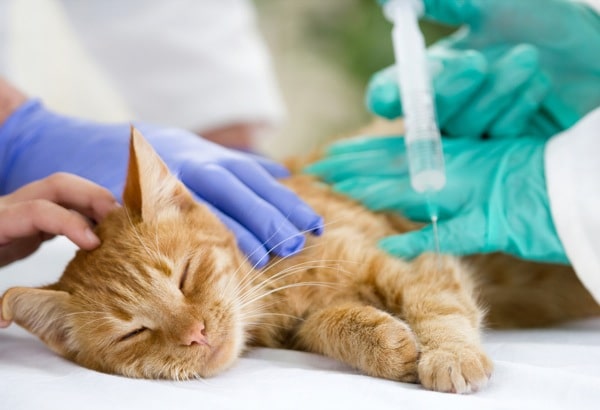 Cat getting a shot</a> by Shutterstock" />
Cat getting a shot</a> by Shutterstock" />
3. The condition is extremely painful
If you’ve ever had a urinary tract infection, you know just how much it hurts. Cats experience the same level of pain, and much of the agitation they demonstrate is precisely because they’re hurting like crazy.
4. The first diagnostic tool is a urinalysis
A urinalysis is a test to see if there are bacteria, viruses, parasites, blood, crystals, or stones in your cat’s urine. Your vet may recommend a cystocentesis, a procedure where a needle is placed into the bladder to draw out urine, in order to obtain the sample for the urinalysis. Your vet may also suggest an X-ray or ultrasound in order to check for stones, cysts or polyps in the bladder.
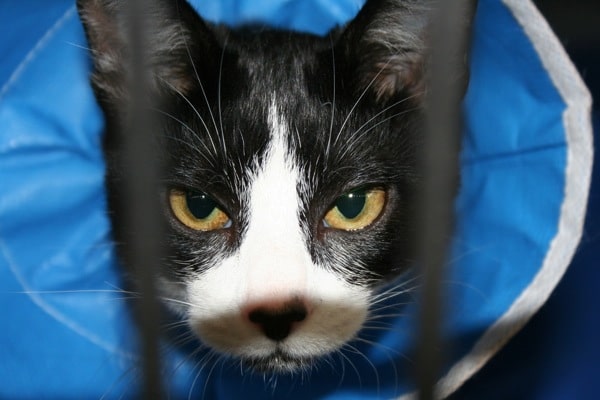
5. Many cases of FLUTD don’t have an obvious cause
Although some cases of FLUTD are caused by crystals or stones in the urinary tract, or by bacterial or viral infections, the majority don’t have any obvious cause. In these cases, stress is thought to be a trigger. But even if there’s no obvious disease, stress-caused FLUTD is still very painful and still needs prompt veterinary treatment.
6. Your vet may recommend prescription food
If your cat’s urine sample revealed the presence of crystals, your vet may recommend that you feed your kitty a prescription diet designed to change the acid-alkaline balance of the urine and minimize the risk of future crystal formation. The type of food prescribed depends on the type of crystals found in your cat’s urine.
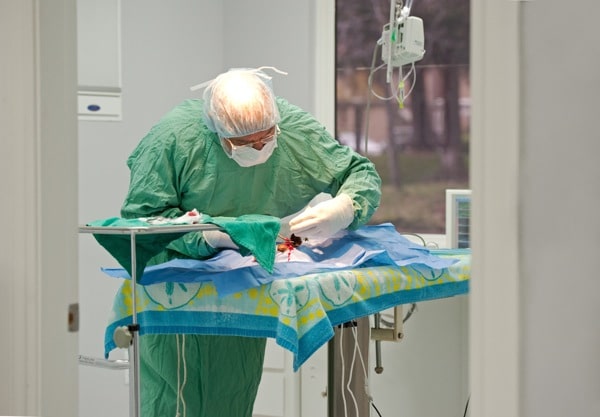
7. Surgery might be an option
If you have a male cat that suffers from multiple blockages, your vet may recommend an operation called a perineal urethrostomy. In this procedure, the penis is removed and the urethra is shortened and widened and reattached to the outside of the body. This can prevent further obstructions, but your kitty may still have FLUTD episodes due to inflammation or infection.
8. Stress management could help
If your cat suffers from FLUTD episodes that aren’t caused by disease, your vet may recommend lowering his stress level through play, environmental enrichment or other means to minimize the risk of recurrences.
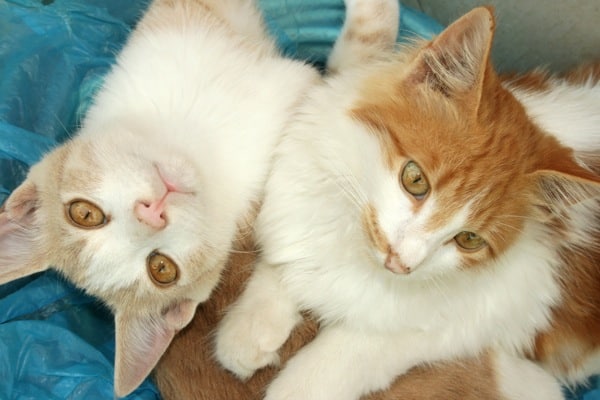
9. Water is crucial for maintaining urinary tract health
When my cat Sin├®ad developed FLUTD, my vet made several recommendations to prevent recurrence, but the most important of these, she told me, was that Sinead should always have access to clean, filtered water. Water helps to flush any sediments out of the urinary tract. Cats have a low thirst drive, so some vets recommend using pet fountains and canned cat food to ensure that kitties get enough water in their diet.
Have you had a cat that suffered from urinary tract problems? What treatment did your vet recommend? Did it help? Do you know of a kitty that had a perineal urethrostomy? Please share your stories and thoughts in the comments.
About JaneA Kelley: Punk-rock cat mom, science nerd, animal shelter volunteer, professional cat sitter, and all-around geek with a passion for bad puns, intelligent conversation, and role-play adventure games. She gratefully and gracefully accepts her status as chief cat slave for her family of feline bloggers, who have been writing their award-winning cat advice blog, Paws and Effect, since 2003.

